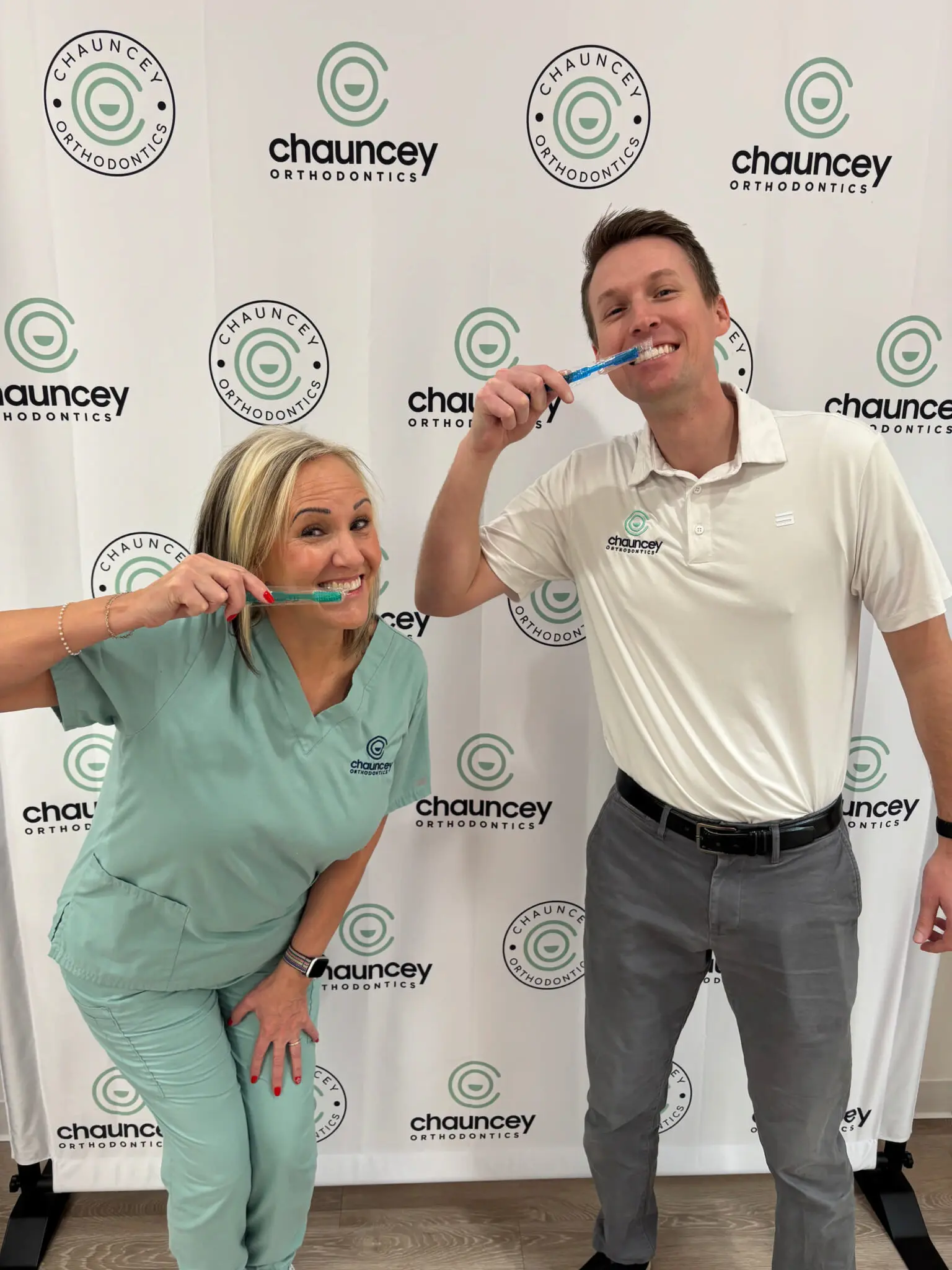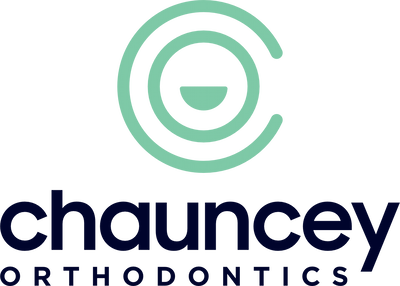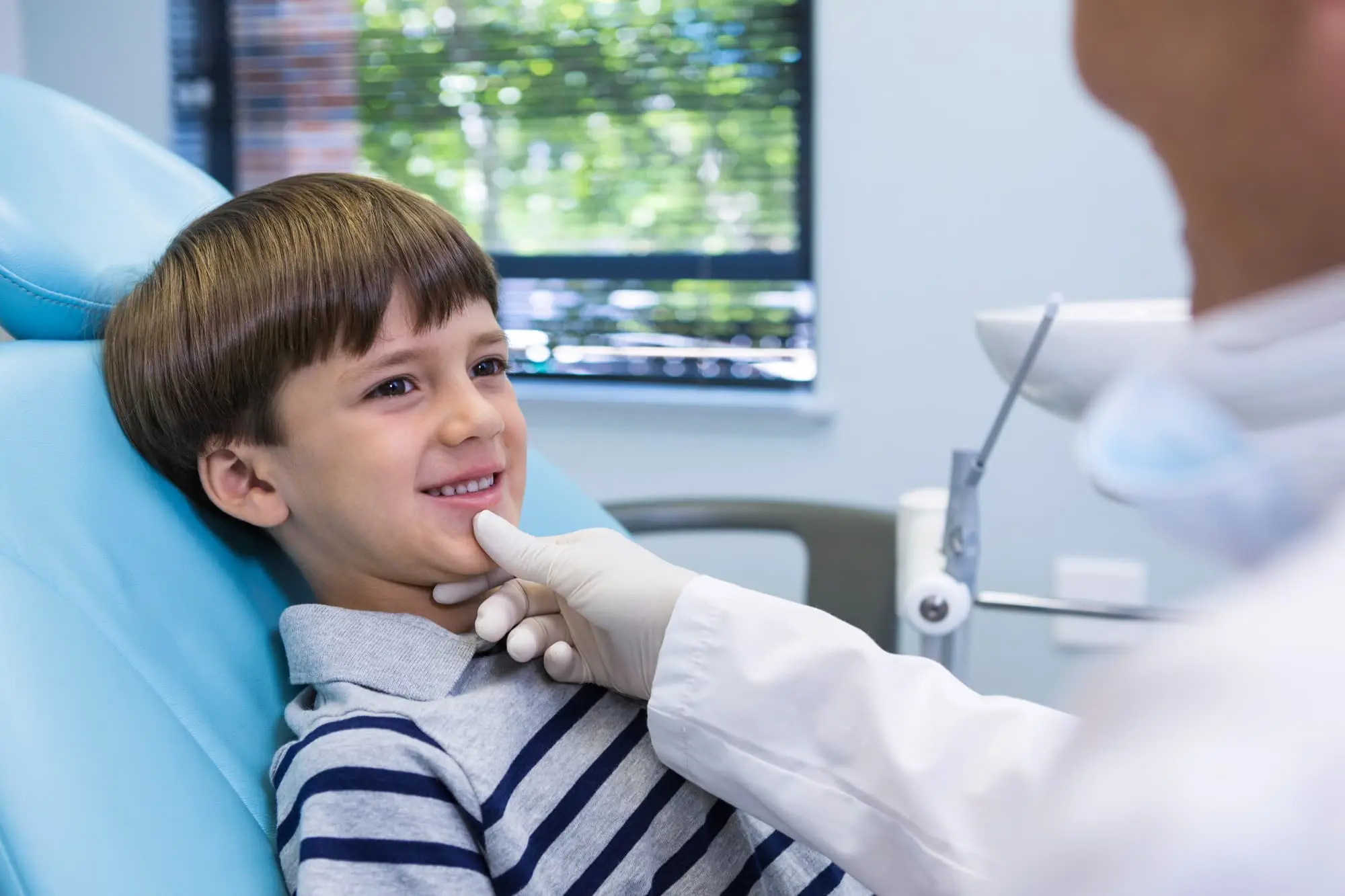
Give Your Child a Lifetime of Smiles
Your child needs properly aligned teeth and jaws for a healthy, lasting smile. While the right age for orthodontic treatment varies, Dr. Tate Chauncey and the American Association of Orthodontists advise a first visit around age seven.
What is Early Treatment?
Early care at Chauncey Orthodontics may prevent or catch more serious issues from developing and can make treatment at a later age shorter, simpler, and less costly. In some cases, Dr. Tate Chauncey will be able to achieve results that would be much harder to get if the face and jaws have finished growing.
When is the Best Time for Treatment?
While the age at which kids get braces may differ, orthodontic treatment in Henderson primarily starts between the ages of 9 and 14, since some problems are easier to correct if they’re treated early.
Role of a Children’s Orthodontist
Importance of Early Orthodontic Intervention
Early orthodontic treatment, or interceptive care, addresses dental issues at an early stage to avoid serious problems later. Benefits include:
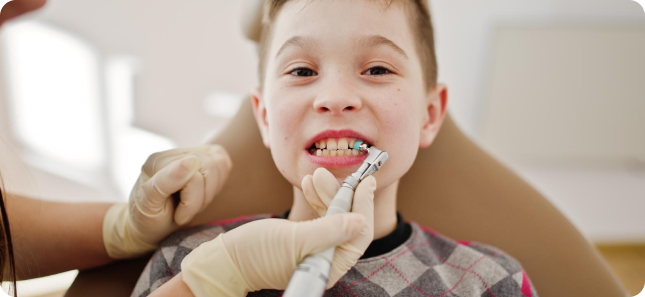
Preventing severe
dental issues
A healthy, bright smile can make you feel good about yourself and make a positive impression on others.
Improving appearance
and confidence
Early treatment saves time, money and discomfort.
Enhancing oral health
Aligned teeth are easier to clean, reducing the risk of cavities and gum disease.
Benefits of Children’s
Orthodontic Treatment
Improved Oral Health and Hygiene
Enhanced Speech Development
Prevention of Future Dental Issues
Boosted Confidence and Self-Esteem
Understanding Children’s
Orthodontic Treatment
Braces
Braces feature brackets on each tooth connected by an archwire.
Aligners
These are clear, plastic trays that fit over the teeth.
Retainers
These are used after braces or aligners to keep the teeth in their new position.
Space maintainers
These are used when a child loses a baby tooth prematurely.
Importance of Early Evaluation
The American Association of Orthodontists suggests kids have their first orthodontic checkup by age 7. Catching issues like overcrowding or bite problems early can make treatment easier and help avoid more complex problems down the line.
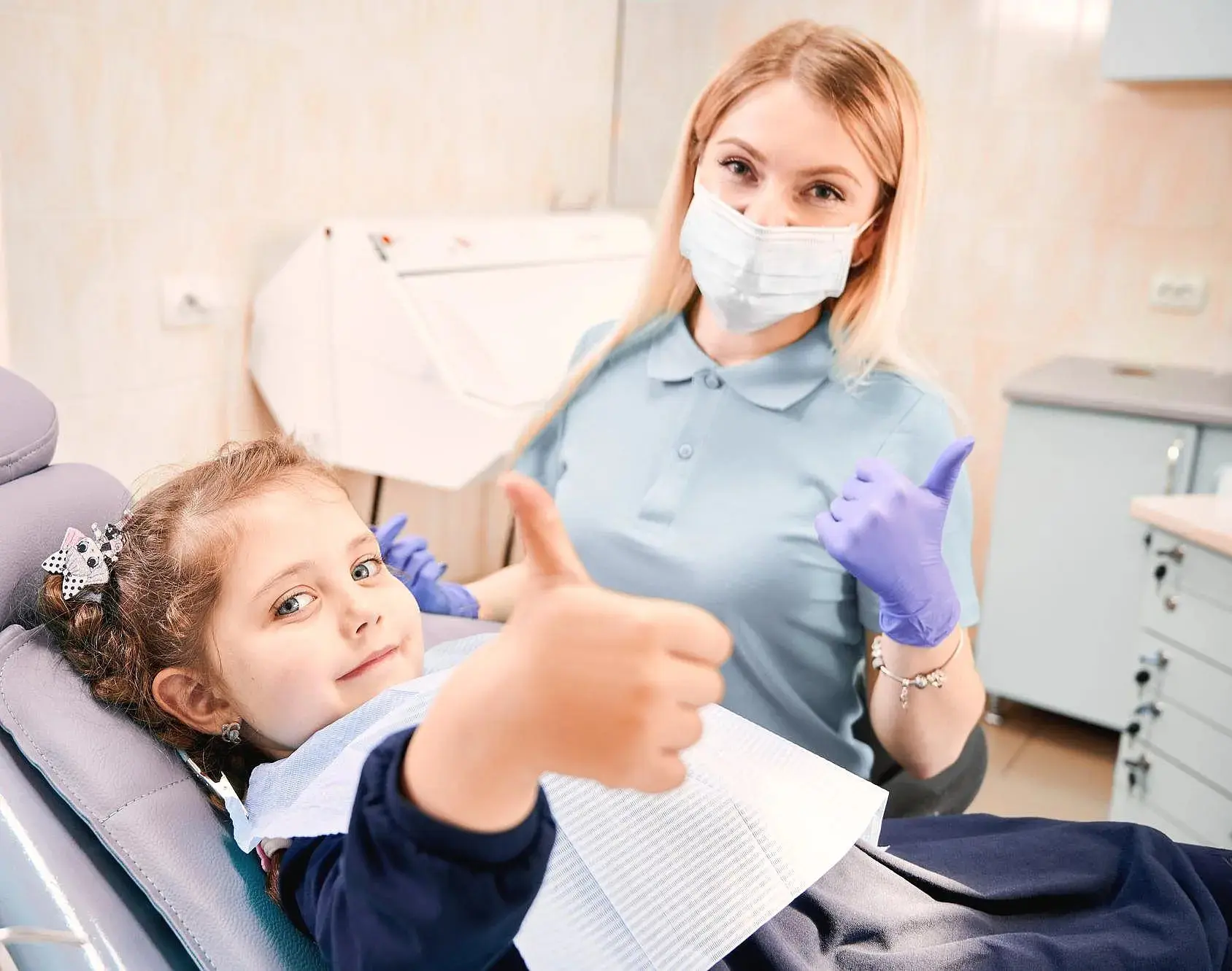
Treatment Process
Consultation
Includes examination, X-rays, and impressions.
Appliance Placement
Orthodontic devices are fitted based on the treatment plan.
Follow-ups
Regular adjustments to monitor and ensure progress.
Retention
A retainer is often used after treatment to maintain results.
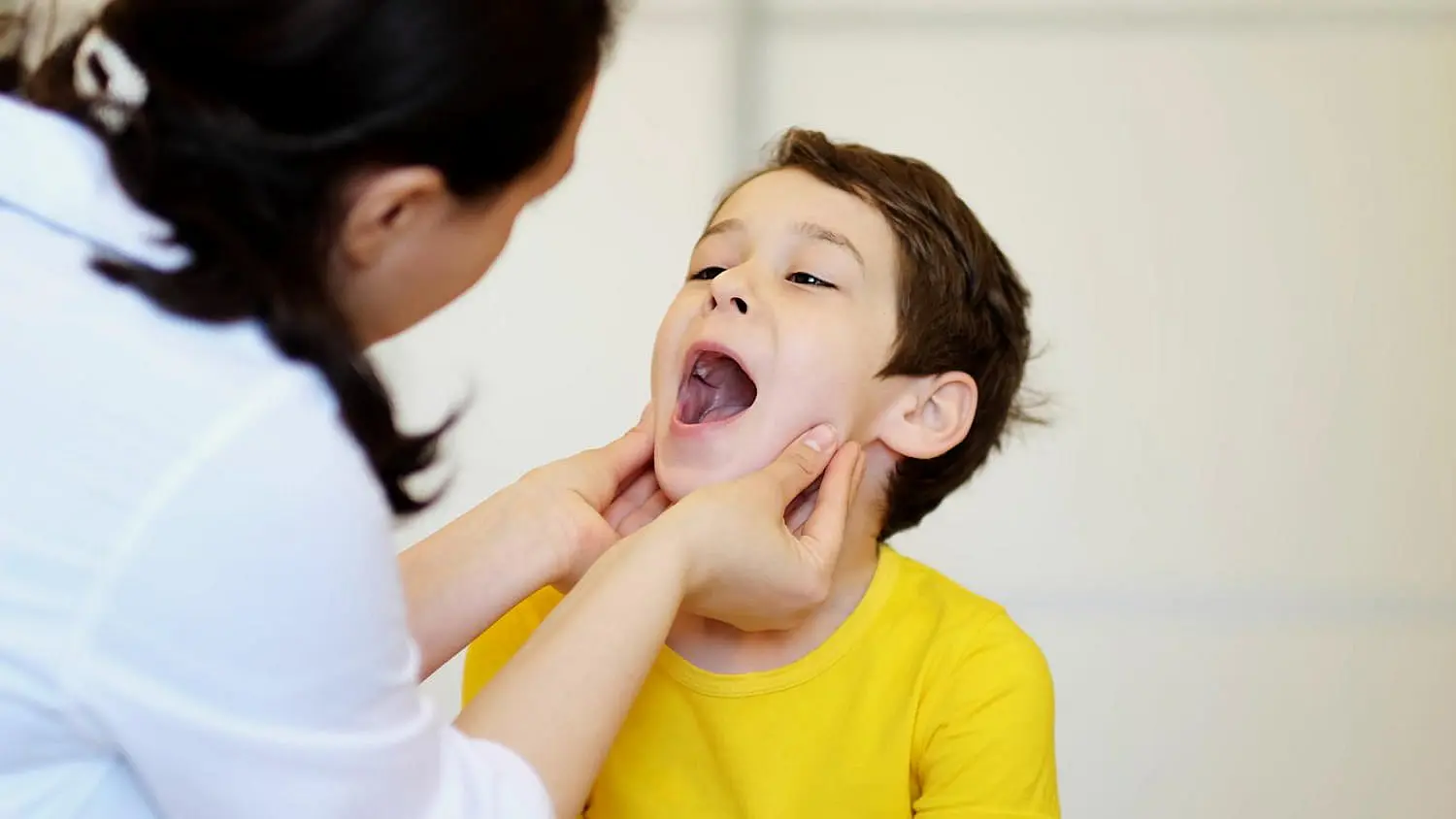
Appointment Duration and Frequency
Orthodontic appointment schedules vary based on the appliance and case complexity. Braces typically require adjustments every 4-6 weeks, while aligners are changed every 2 weeks. Appointments usually last 30-60 minutes. Treatment duration can range from 6 months to 3 years or more, depending on individual needs.
Common Orthodontic
Issues in Children
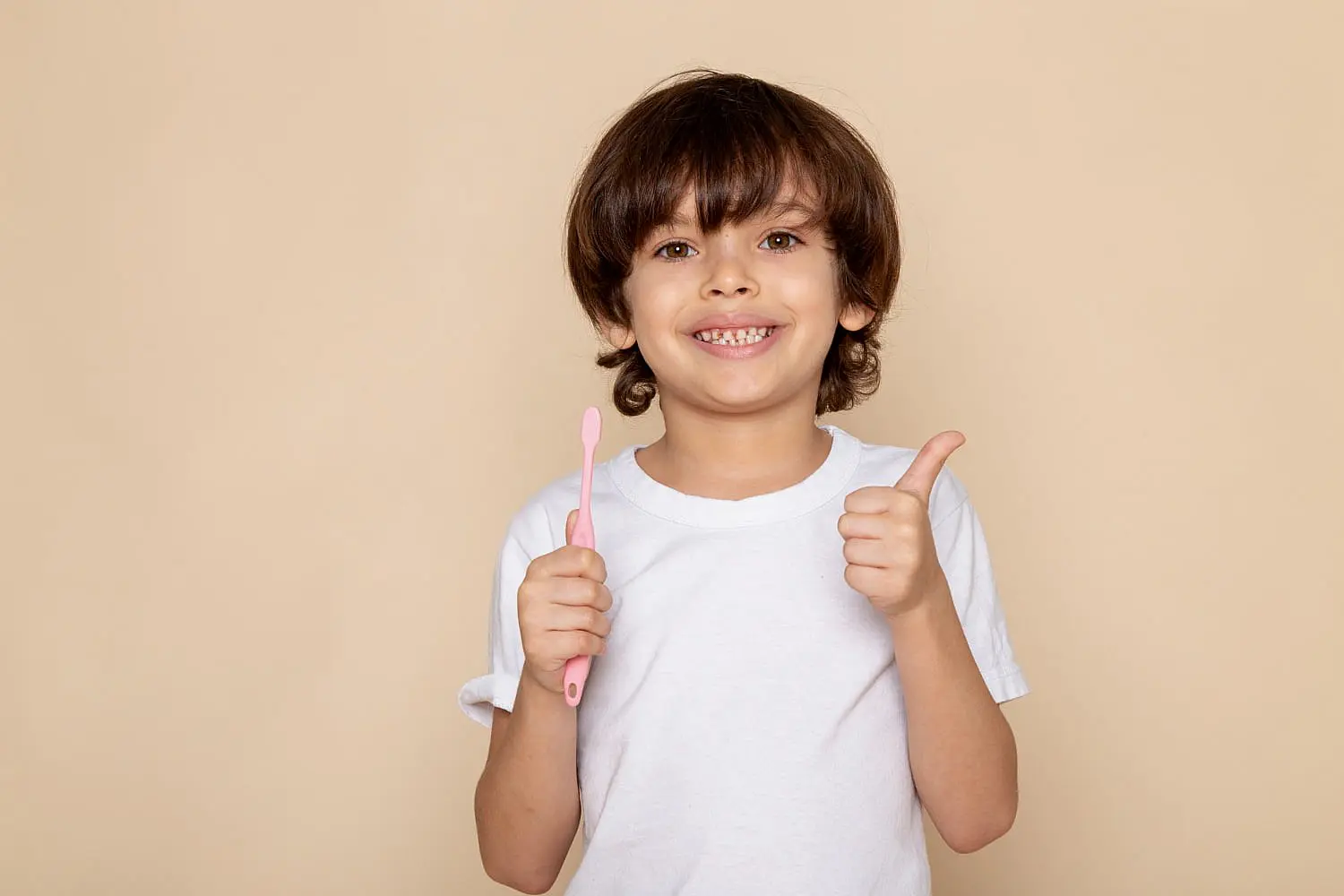
Overbite, Underbite, Crossbite, and Spacing Problems
Crooked or Misaligned Teeth
Misaligned teeth can stem from genetics, habits like thumb sucking, or injuries. This misalignment can make cleaning teeth challenging, potentially increasing the risk of tooth decay and gum disease.
Crowding or Spacing Issues
Crowding occurs when there is not enough space for teeth, making cleaning difficult and increasing the risk of tooth decay. Spacing issues can cause food to get stuck between teeth, also contributing to decay.
Thumb Sucking and Other Oral Habits
Thumb sucking is common in young kids, but if it continues for too long, it can lead to issues like misaligned teeth and changes in the shape of the roof of the mouth.
Orthodontic Treatment Options for Children

Traditional Braces
Traditional braces have been a mainstay in orthodontics for many years and remain the most prevalent type of orthodontic device.
Components
Brackets, archwires, and ligature elastics.
Benefits
Effective for severe misalignments, durable, and suitable for a wide range of dental issues.

Clear Aligners
Clear aligners offer a modern solution for straightening teeth, providing a discreet and often more comfortable alternative to traditional braces.
How They Work
Use consistent pressure to gradually move teeth, with new aligners replaced every two weeks.
Advantages
Discreet, removable for eating and cleaning, and convenient for oral hygiene.
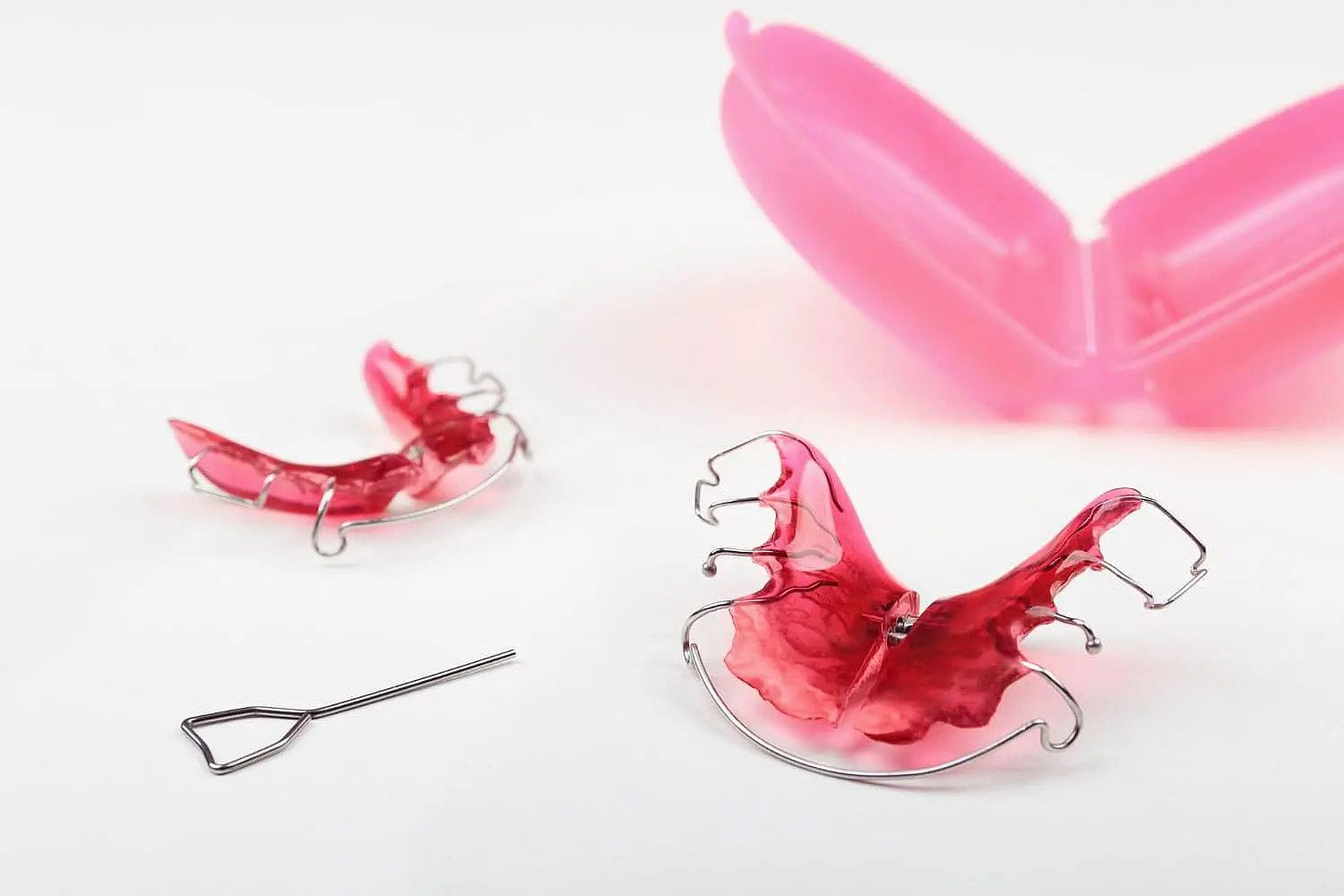
Functional Appliances
Functional appliances help guide jaw growth and development, making them a suitable option for kids and teens.
Types
Twin Block, Bionator, and Herbst appliances.
Benefits
Can improve jaw function and facial aesthetics, preventing future dental problems.

Retainers
Retainers play a crucial role in maintaining the results of orthodontic treatment.
Types
Removable (can be taken out for cleaning) and fixed (permanently bonded).
Benefits
Essential for maintaining the results of orthodontic treatment and a lasting smile.
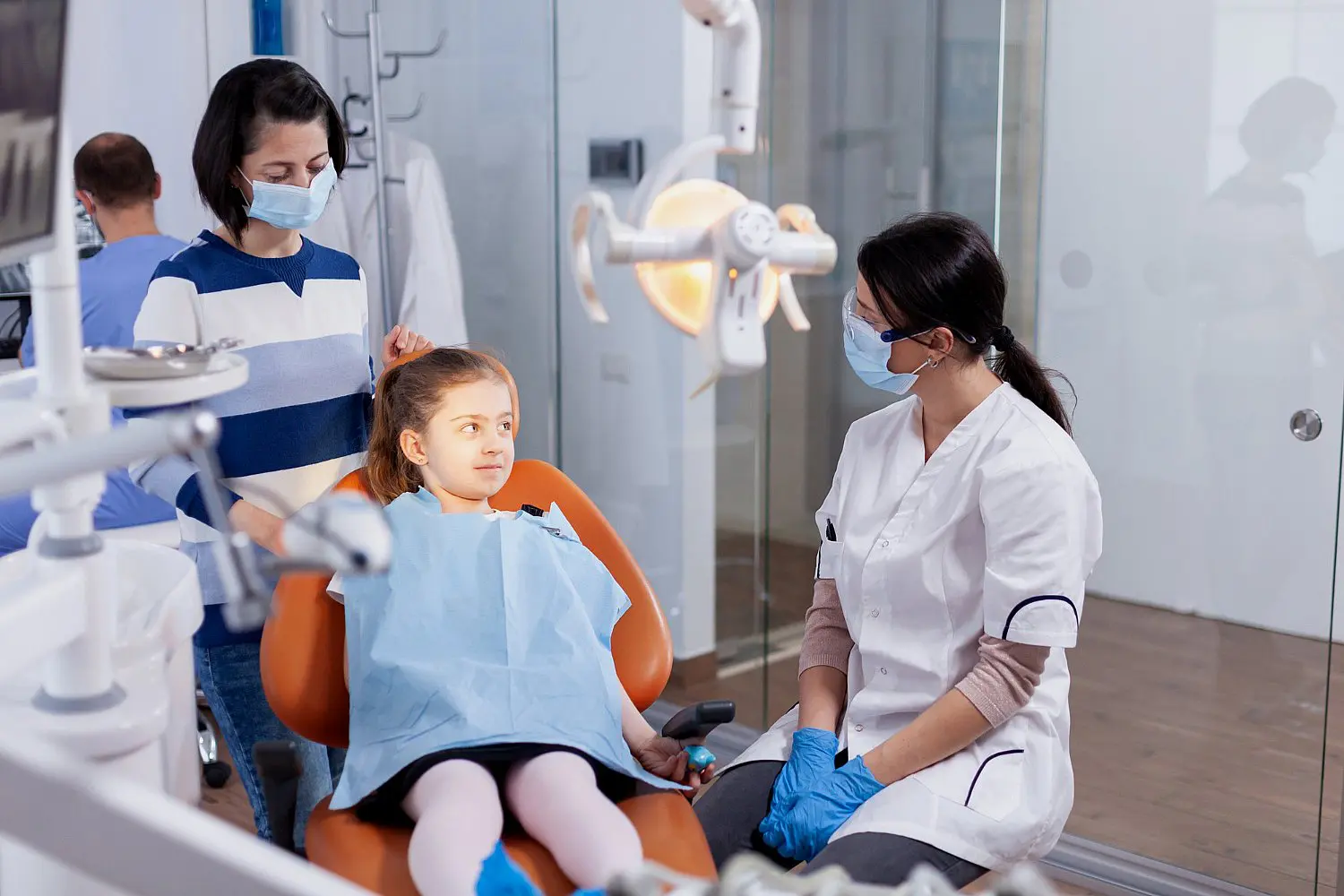
Importance of Early Orthodontic Intervention
Finding the Right Pediatric Orthodontist
When choosing an orthodontist for your child, it’s important to consider their qualifications and experience to ensure they are well-suited to your family’s needs. Look for an orthodontist who has advanced training in orthodontics and experience working with children. Additionally, practical factors such as the office location, convenient hours, and treatment costs, including payment options or insurance coverage, should be taken into account. Taking the time to carefully choose the right orthodontist helps ensure your child receives excellent care and a positive overall experience.
